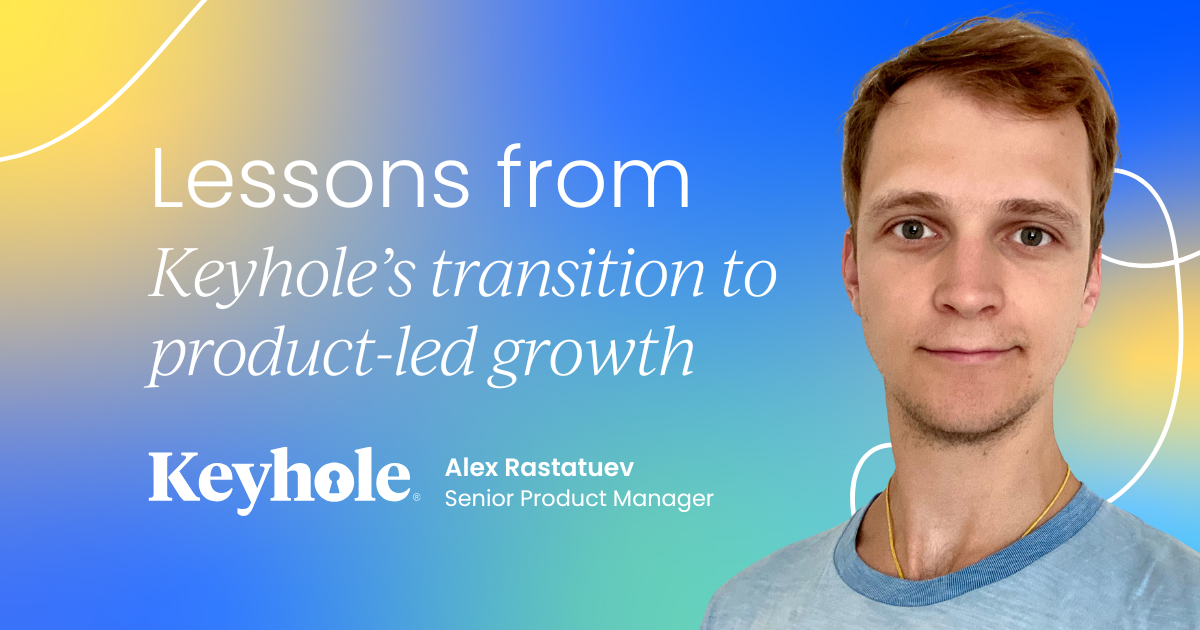In legacy industries like healthcare, some of the biggest opportunities live in the messiest problems, where outcomes hinge not just on throughput or efficiency, but also on trust, empathy, and timing.
In these spaces, automation alone isn’t enough, yet human-driven processes face difficulty scaling. If you’re building in one of these spaces, your job is to reconcile two competing truths:
- A human touch is often essential to earn trust and drive action.
- Human-driven workflows are often fragile and unscalable.
So how do you build a product that does both: human enough to feel trustworthy, and scalable enough to create meaningful outcomes?
At Headway, we faced this tension head-on while tackling what seemed like a straightforward problem: helping primary care physicians (PCPs) refer patients to behavioral healthcare.
The market signal was clear: PCPs wanted to refer, and patients needed care. But what we built at first didn’t stick. Only when we leaned into this human/automation tradeoff did we start to find our way toward product-market fit.
Here’s what we learned.
1. Don’t be afraid to start with humans in the loop
This is our version of Y Combinator’s famous “Do things that don’t scale.”
When we launched our first referral product, an “easy refer” button integrated into a doctor’s operating system, it looked like a success. PCPs onboarded and activated with excitement.
Patients got matched to therapists. Everyone was happy, or so it seemed. But within a month, 50% of those doctors had churned.
What happened?
We went back to clinics. We shadowed doctors. And eventually, we met one PCP who wasn’t interested in our product, because she already had a system that worked for her.
Surprisingly, this solution wasn’t a software platform, but a team of social workers down the hall she knew by name, whose laughter she recognized in the hallway. That’s when we realized: doctors weren’t just looking for a faster or easier way to refer patients. They wanted to hand off their patients to a person they trusted.
Inspired, we rebuilt the product, virtually embedding licensed clinical social workers (LCSWs) into our referral flow. These were real humans, introduced to doctors by name, who became the face of the experience. It was the most unscalable thing we’d ever done.
But it worked – the next 3 months saw 100% referral retention.
This taught us a fundamental lesson to look beyond surface level user needs - we didn’t need to solve for referral efficiency; we needed to solve for trust. With this trust in place, we earned the right to then improve our performance metrics, and scale our product.

2. Identify high-leverage moments to build trust
With retention solved, we moved our attention towards conversion. In the early days, we had LCSWs manually texting patients after receiving referrals, initially eliciting a 30% response rate. Not terrible by industry standards, but nothing to write home about.
This naturally became the highest leverage part of the funnel to optimize.
As we iterated on the outreach sequence, we discovered a seemingly minute change that ended up significantly spiking response rates. Instead of saying “I’m going to refer you to Headway,” we asked doctors to say:
“John is going to reach out to you. He’s a therapist I work with and trust.”
The results? Same first text message. Same outreach. But response rates doubled.
We were leaning on the legitimacy of the patient-doctor relationship and using it to power our outreach. Almost by accident, we discovered how asymmetric user touchpoints can be, and how to leverage this asymmetry.

3. Don’t worry about hiding automations
As referrals scaled, our human team couldn’t keep up. We started layering in automation – first outreach texts, follow-ups, scheduling nudges. But we were nervous. Would automations inherently detract from the human experience we were building?
At first, we tried to mask automations, doing things like randomizing delays to make the initial texts seem more human. This seemed to be working - until one day, a schizophrenic called us out:
“You’re not even a real person, are you?”
We scrambled a little internally, decided to opt for transparency:
“We automate some messages so we can get you help faster. But I’m John, a real therapist, and I’m here now.”
That patient softened immediately. It became a moment of trust, not betrayal.
Today, our automations are transparent by design. We let patients know upfront that technology helps us move faster, while humans are always close by.
Good automation doesn’t need to pretend to be human. In our product, it helps bring what is human to the forefront.

Final thoughts
Today, Headway’s physician referrals product has a nationwide presence and serves thousands of satisfied doctors, but this story isn’t just about behavioral health referrals. It’s about building product flows where human trust is front and center.
If you're building in healthcare, or any other high-sensitivity field, especially with AI or automation, we hope some of these lessons help you find the path towards product-market fit.




 Follow us on LinkedIn
Follow us on LinkedIn






